
Everything you loved in the smaller LG G2, and then some, is in the G Pro 2
The game that is the oversized Android smartphone — don’t say “phablet,” we beg you — has become one of leapfrog in the past couple years.
Consider: The original Samsung Galaxy Note in 2011 was a surprise hit. Turns out folks do want phones that big. Then LG rolled out the forgettable Optimus Vu. Samsung continues on in 2012 with the Note 2. But then LG — seemingly (ahem) inspired — fires back in early 2013 with the original Optimus G Pro, sleeker and slimmer than its competitor. Last fall sees the Galaxy Note 3.
And now we have the LG G Pro 2. Even bigger. Even better. Unburdened by the “Optimus” name, which LG tells us didn’t really do that much in terms of brand recognition anyway. If things look familiar, they should. Much of what you’ll see here is present in the LG G2 (and some of the additions will make their way back to the G2).
Let’s take a walk through this oversized phone, shall we?
Why a ‘preview,’ and not a full LG G Pro 2 review?

Using a Korean phone on U.S. networks doesn’t do much for battery life.
As was the case last year, we’ve come into possession of the Korean version of the G Pro 2, and that means a few things. First and foremost is that we’ve got a sweet TV antenna for watching television over the air, but only in Korea. Then there’s the plethora of software that we’ll never see in a U.S. release. (Yes, Korea has more than its share of carrier bloatware, too.)
And finally there’s the issue of network and battery life. One directly affects the other more than anything else in a smartphone, and so there’s no good way to get a feel for real-world battery life. (Theoretical testing is fine for what it’s worth, but we prefer real-world stats.)
So think of this preview as one of our “casual” reviews. We’ll get more into the nuts and bolts when we’ve got a proper U.S. version. But there’s still a lot to see here — and we like what we’re seeing.
The LG G Pro 2 hardware


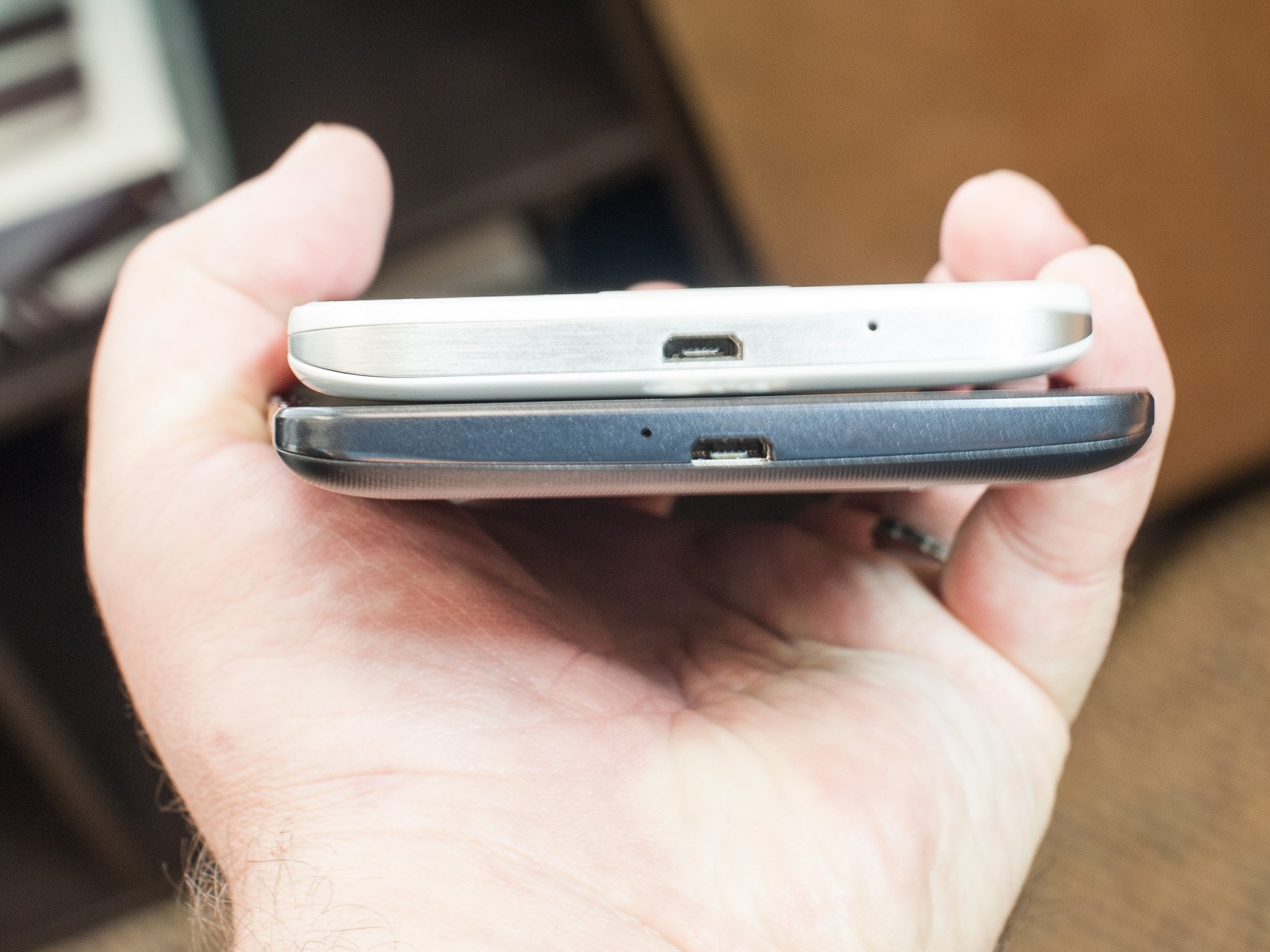

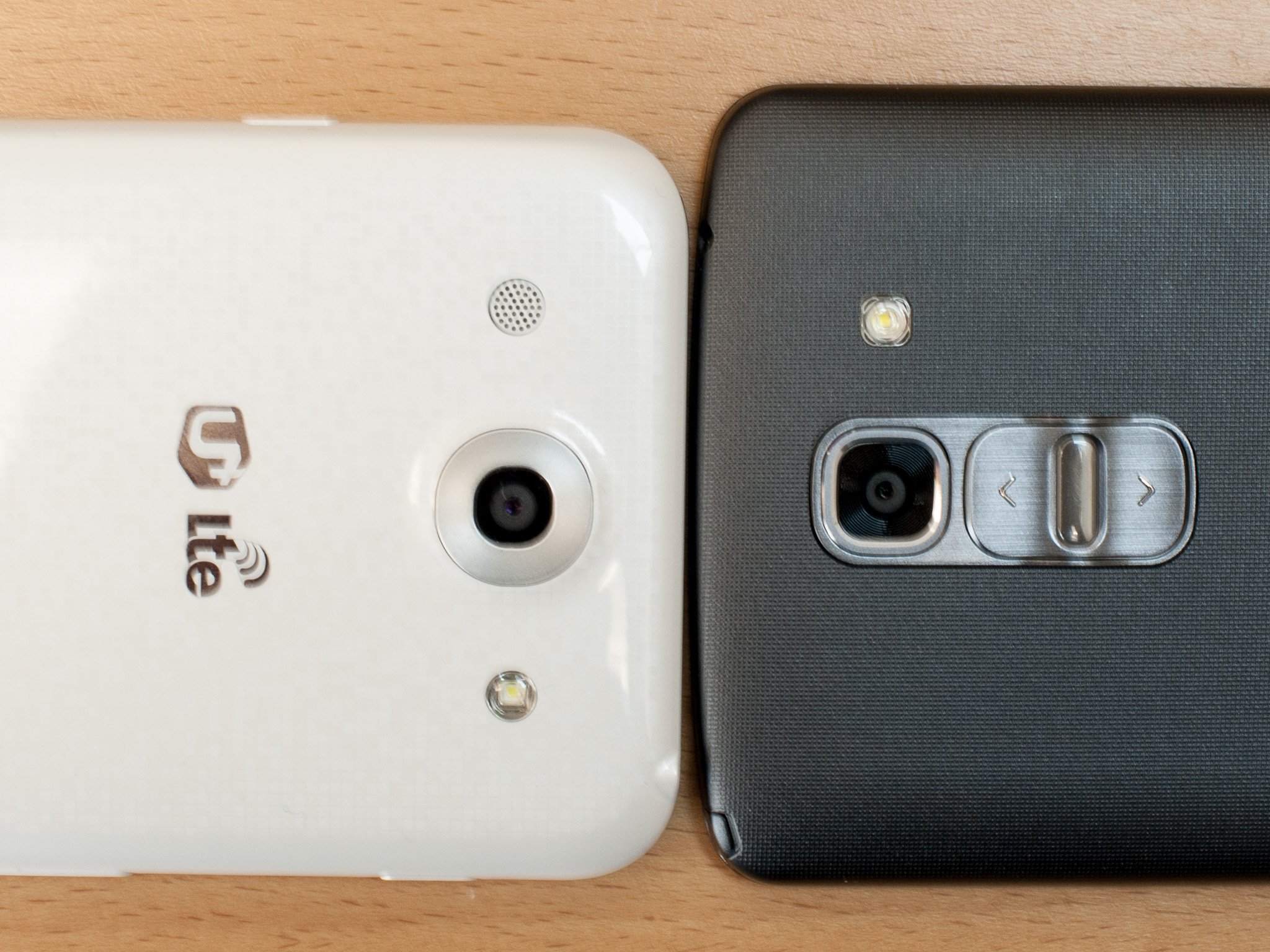


LG’s hardware prowess continues to shine.
The G Pro 2 is further proof that LG has finally come into its own with hardware design. What started back with the Optimus G and the Nexus 4 continues here.
Let’s start with the basics. The G Pro 2 sports a 5.9-inch display at 1080×1920 resolution. It’s powered by a Snapdragon 800 processor (quad-core at 2.26 GHz) and has an Adreno 330 GPU. It’s running a full 3 gigabytes of RAM, has a 13-megapixel camera out back (2.1MP in the front) and comes with a 3,200 mAh battery.

A 1080p display on a 5.9-inch phones works just fine — and LG makes displays as good as anyone.
On paper, the only one of those specs that raises an eyebrow is a 5.9-inch display at 1080p. But do the math, and that’s still some 373 pixels per inch — still more dense than the magical “retina” threshold. And in actuality, the display looks great. There’s basically no gap between the glass and the display itself, so images seem to almost float above the phone. Simply put, LG Display (LG Mobile’s sister company that provides the panels) continues to outdo itself here.
The phone’s design helps some here as well. The bezels on the outside of the display are down to just 3.3 mm, and the glass is flat instead of chamfered, giving everything a really sleek look. The physical home button and capacitive buttons are gone, the LG logo’s been moved to the bottom, and anything that’s not display has a subtle but noticeable shiny pattern. Not as cool as the “crystal reflective process” used in the Nexus 4 and Optimus G, but still attractive.

The flatness of the front also helps accentuate what’s going on out back. Gone is the glossy plastic of yesteryear, replaced by a matte gray with a sort of crosshatch texture. And while we wouldn’t call the original G Pro boxy by any means, this year’s model has a much nicer slope to it, where the back heads outward to the edges. It’s not flexible or bendable like the G Flex, but between the slope and the texture it’s definitely easier to hold.

The G Pro 2 switches to on-screen buttons, but LG still makes them more difficult than they need be.
And, of course, there’s the matter of the buttons. The volume keys and power button are out back, just like on the G2 and the G Flex. All three serve their intended functions as you’d expect, and they also have secondary uses. The power button serves as a notification light when the phone is face-down (there’s an LED on the front of the phone for when it’s resting on its back), long-pressing volume-down fires up the camera app (and also serves as a shutter button), and long-pressing volume-up opens Quick Memo.
As we mentioned at the outset, we can’t get a real feel for battery life until we get U.S. versions of the G Pro 2. But sitting here on Wifi, the Snapdragon 800 platform acts as expected — fast. We’ve got a spare battery in our retail box; it’s unknown whether any potential U.S. versions will include that extra nugget.
The LG G Pro 2 software

A few cool new features added onto LG’s workmanlike user interface.
Ah, and then there’s the software. A bit of good news here — the G Pro 2 is running Android 4.4.2 out of the box. We’ll have to see how LG does with updates this year — historically it’s not been great. The original G Pro still languishes on Android 4.1.2.
LG’s user interface hasn’t changed all that much, and we’re still not huge fans of it. But there are some new features worth noting.
Add in your own recent apps button
Now that the physical buttons are gone from the phone (the G2 killed them off for good, actually), you’ve got proper on-screen buttons. The layout is back-home-menu — yes, a legacy menu button. You can add in a proper recent apps (multitasking) button, but the menu button remains. There also are button options for the notifications pulldown (so that you don’t have to reach all the way up top to get to them), QMemo and QSlide. You can have up to five buttons visible at any time.
Knock Code
Knock Code is the big deal for LG this year, and rightfully so. With the G2, LG introduced the ability to “knock” — tap twice, really — on the display to wake the phone. Using it as a pattern unlock mechanism is a great continuation.
The gist is that you’ve got a 2×2 grid, in which you tap as few as four and as many as eight times, in any combination you want. That gives (and we’ll trust LG’s math here) some 86,367 potential unlock codes. Just as important is that it’s quick and easy to use, and the phone walks you through setting it up at first boot.
And, yes, you’ll have to set a backup PIN code for when you forget your knock code. Also: the traditional Knock-on works fine, even without a code. But set up a code. Protect ya neck.
Mini View
So you bought yourself a 5.9-inch smartphone but find yourself wishing it were smaller. (That’s known as “phablet remorse,” by the way.) LG’s added in Mini View. Swipe through the on-screen buttons and your screen will shrink to a size that’s just a bit bigger than the iPhone. Swipe to the right to put it on the right edge of the screen, and left for left. You can extend the window to make it larger, and hit the X to close.
Or, you know, just buy a smaller phone that you can use one-handed.
The LG G Pro 2 camera

OK, there’s a lot going on here, too. LG’s traditionally had pretty good cameras, and that trend appears to continue with the G Pro 2. By default you’re shooting at a 16:9 aspect ratio, or 4160×2340. The full 13MP resolution takes things to 4160×3120, or a 4:3 aspect ratio.
LG’s cameras have always been pretty good — but Magic Focus just isn’t necessary.
The usual modes are here — HDR, panorama, bust mode, beauty shots, the ability to erase people, etc. — but the one new one LG’s talking about is “Magic Focus.” Basically that takes five shots at different focal points, then allows you to choose where on the image you want to focus — or to put the entire scene in focus.
It works, but it’s going to be a bit complicated for most folks, and simply retaking a picture with the proper focal point might be quicker. It’s certainly not as cool as what Lytro’s doing, but it’s something different.
There’s also something new when it comes to selfies. (When is there not?) LG’s calling it a front-facing flash, but really it just shrinks the preview window when you’re using front facing camera and replacing the space with a white background — that’s your “flash.” It doesn’t seem to do all that much unless you’re in a pretty dark space, though, but at the same time it doesn’t seem to hurt any. (Well, maybe except for your battery.)
The bottom line (for now)


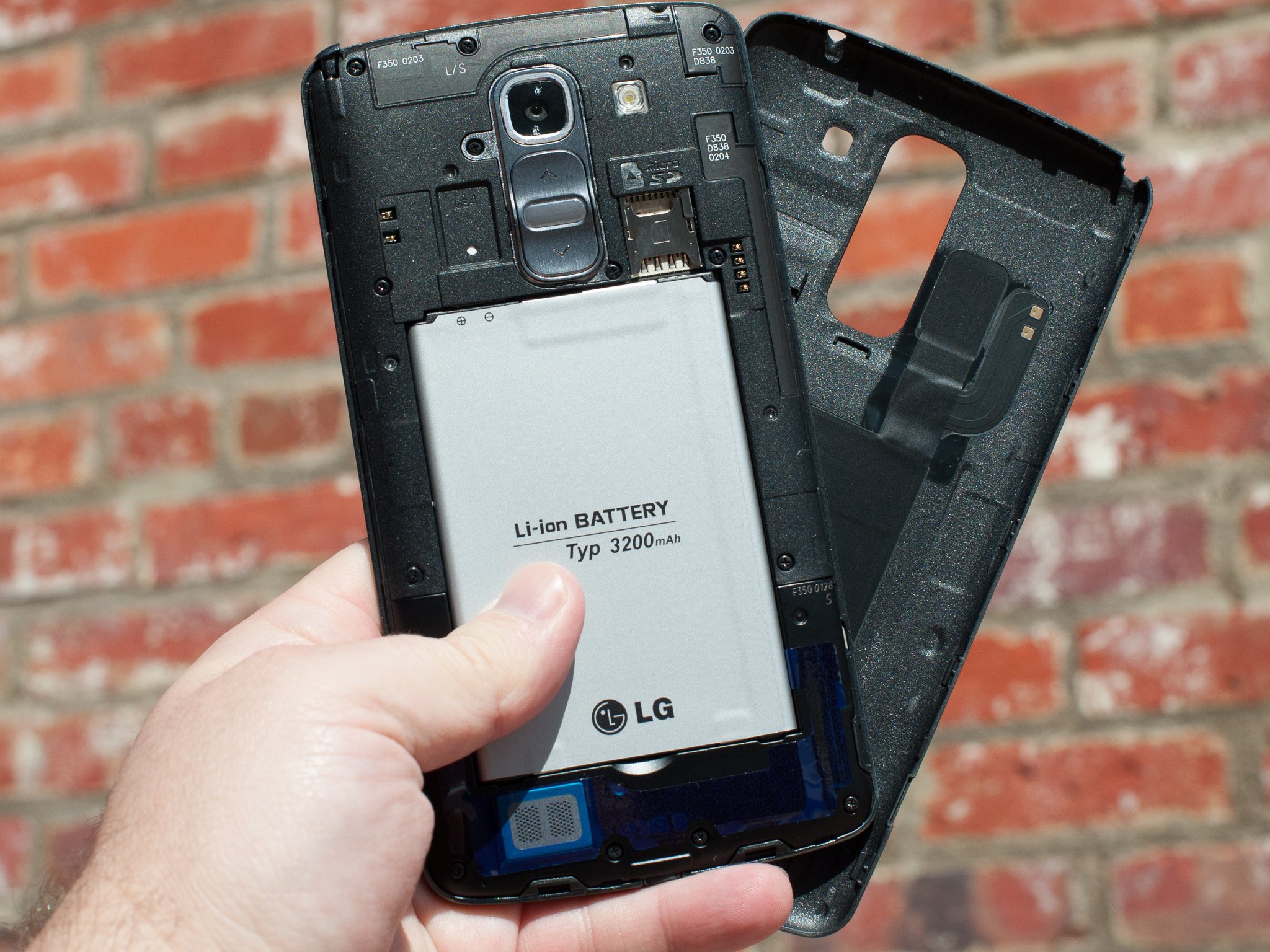



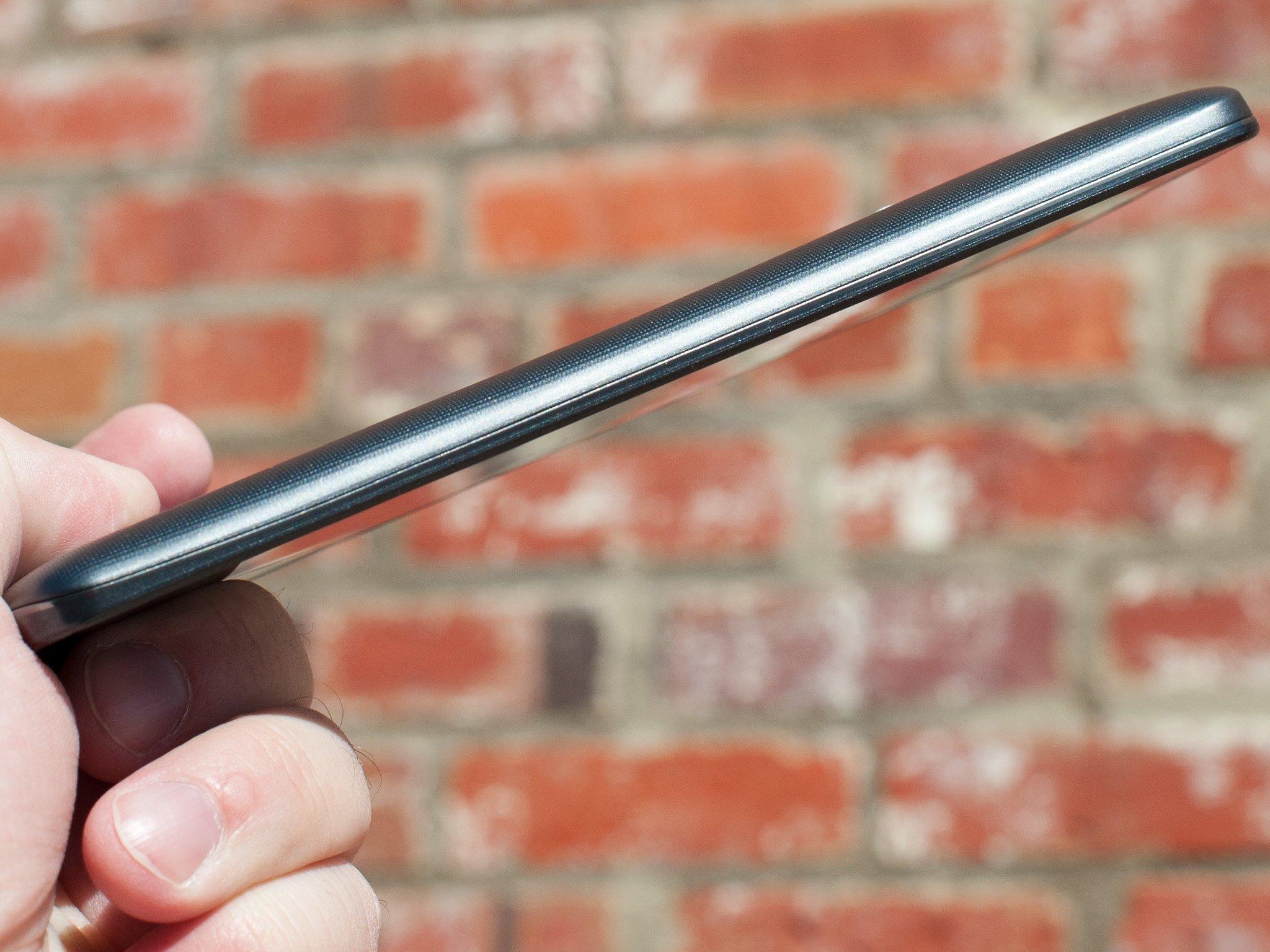
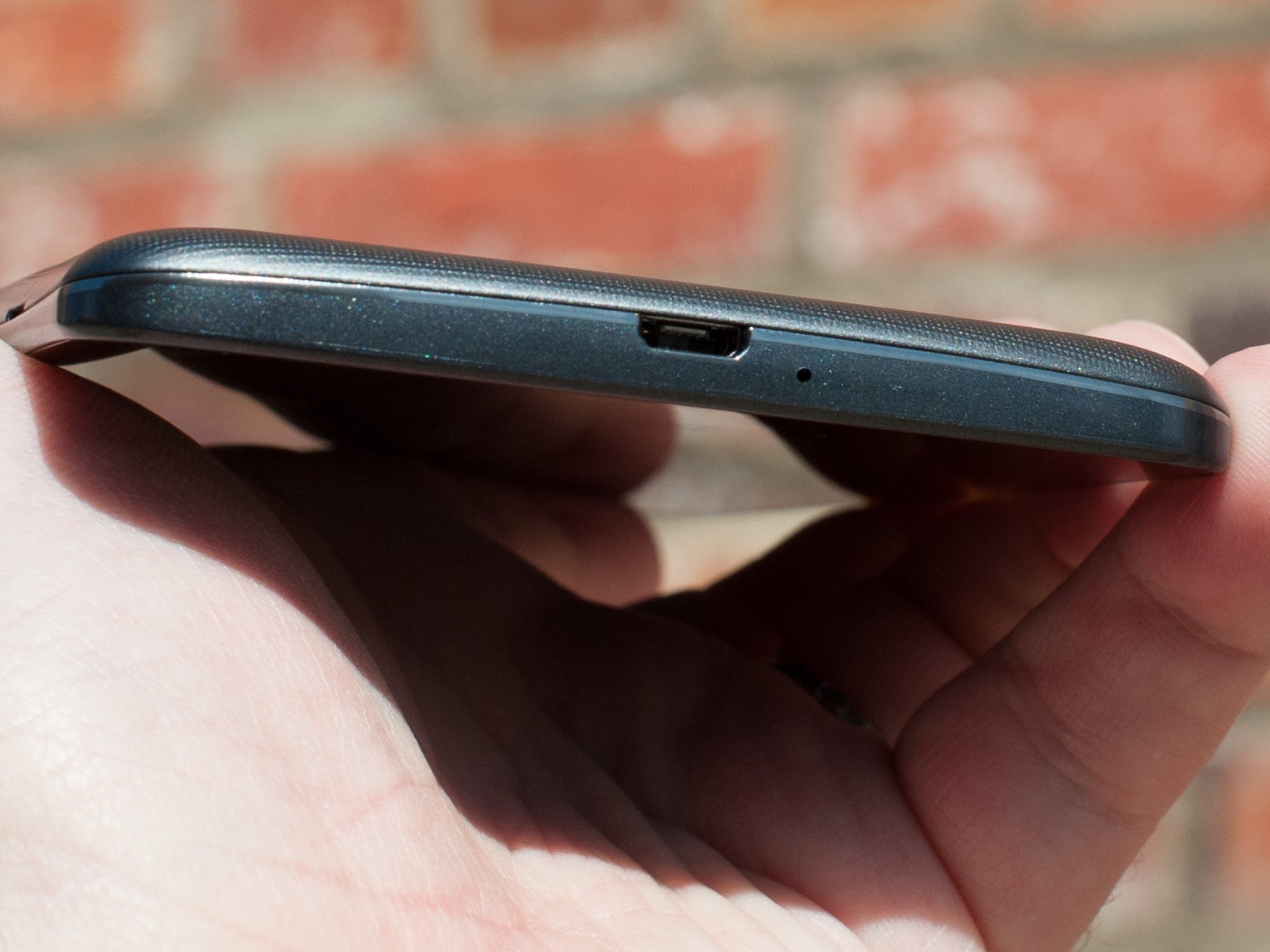

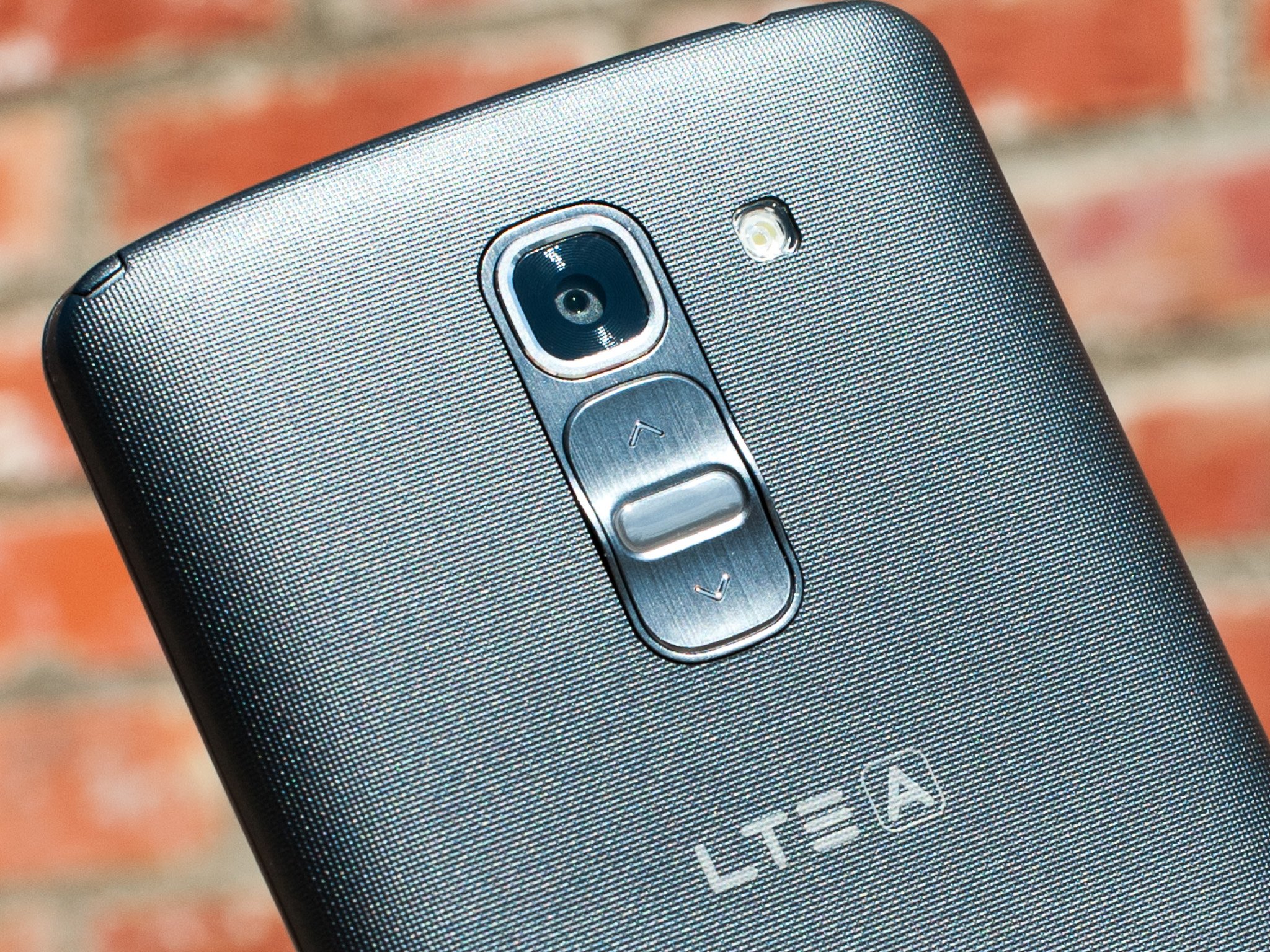
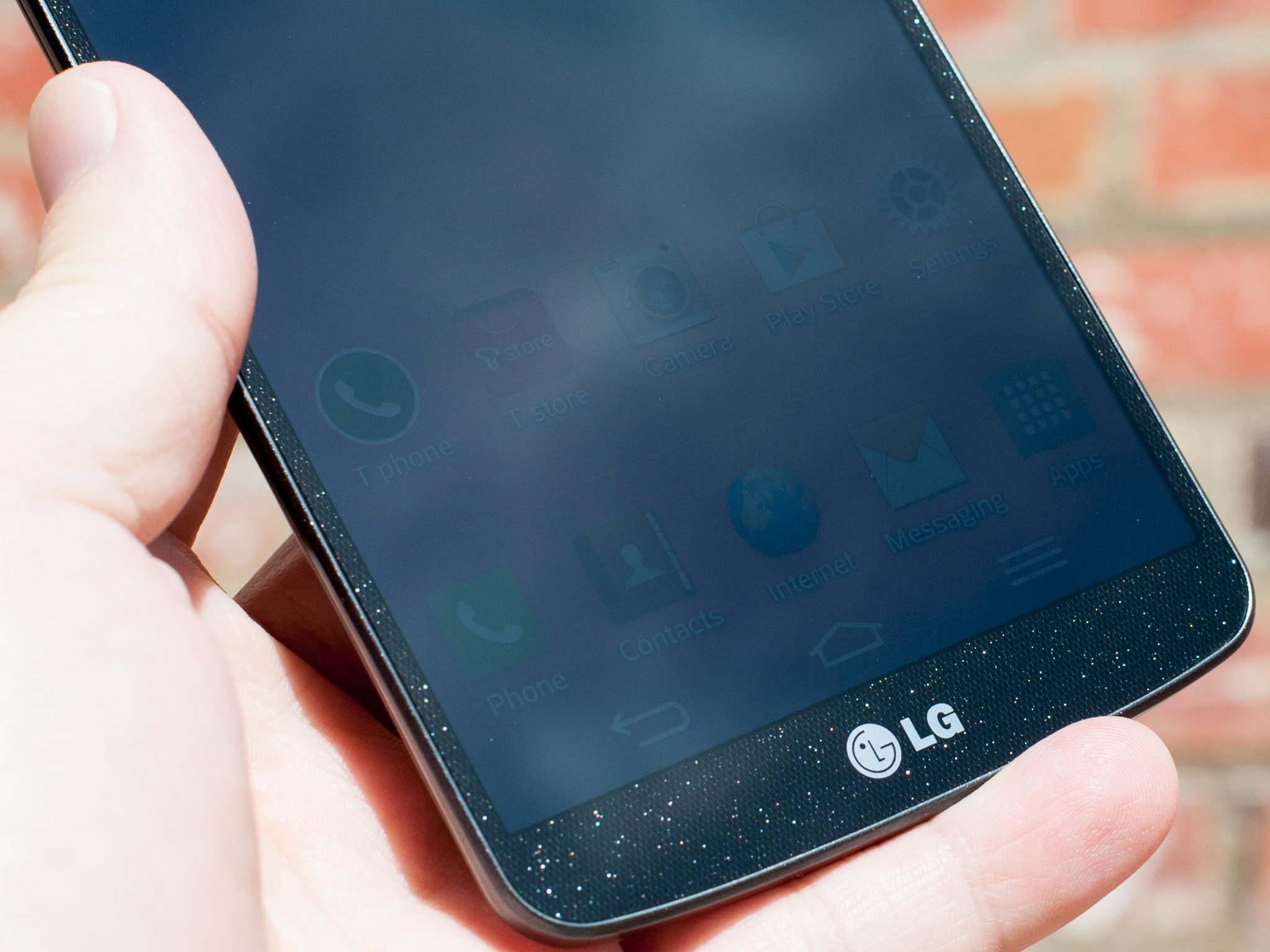
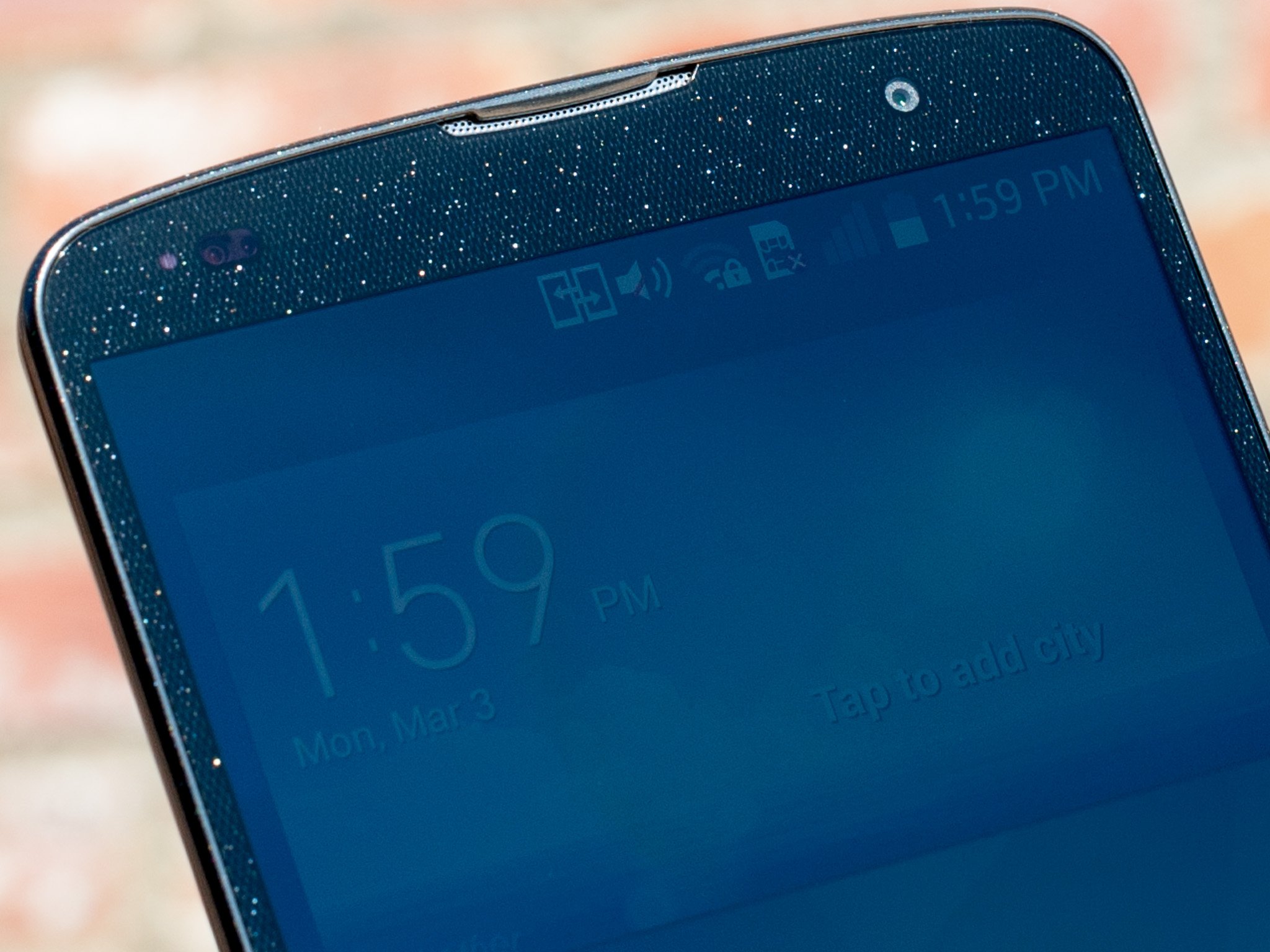
If the Note 3 just isn’t your thing, the G Pro 2 absolutely will deserve a look.
There is a whole lot to like in the LG G Pro 2. (Even if the name is still a mouthful.) The display is bigger and as beautiful as ever. The design shows that LG’s got the chops to hold its own.
The software? Well, there’s still some room for improvement. On the other hand, it’s completely functional. The world “utilitarianism” comes to mind, still, and maybe that’s not the worst thing in the world. But neither is it the most friendly.
Knock Code is a great addition. The camera looks like it should be a keeper — we’re going to keep testing it. And a 3,200 mAh battery — replaceable, at that — means not having to say you’re sorry.
Now we just need some U.S. availability.